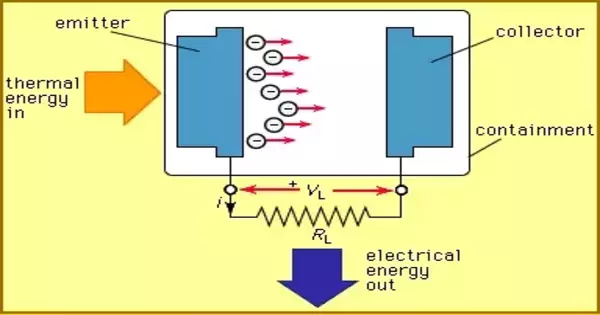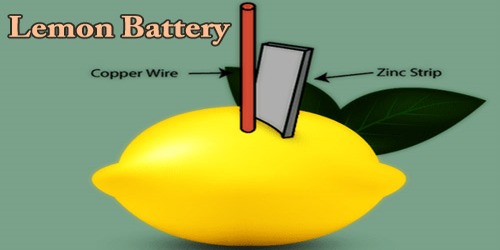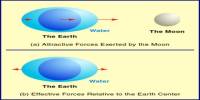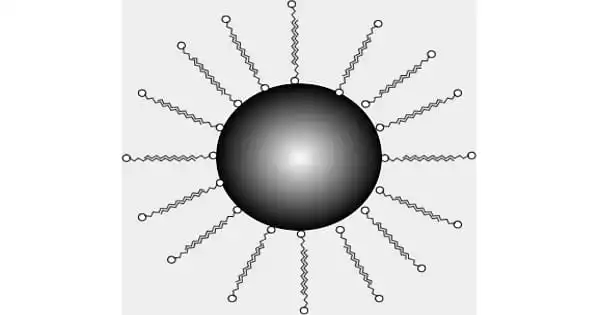A thermionic converter is made up of a hot electrode that thermionically emits electrons to a cooler electrode, producing useful electric power output. Caesium vapor is used to optimize electrode work functions and to supply an ion supply (via surface ionization or electron impact ionization in a plasma) to neutralize the electron space charge.
An apparatus known as a thermionic converter transforms thermal energy (heat) into electrical energy. It operates on the theory of the thermionic emission phenomenon, where an electric current is created when electrons are emitted from a hot surface and collected by a cooler surface.
Definition
The direct production of electric power from heat via thermionic electron emission is thermionic energy conversion from a physical electronic standpoint. It is the use of electron vapor as the working fluid in a power-producing cycle from a thermodynamic standpoint.
A thermionic converter consists of a hot emitter electrode into which electrons are condensed after conduction through the inter-electrode plasma and a colder collector electrode into which they are vaporized by thermionic emission. The resulting current, which is typically several amps per square centimeter of emitter surface, delivers electrical power to a load at a typical potential difference of 0.5-1 volt and a thermal efficiency of 5-20%, depending on emitter temperature (1500-2000 K) and mode of operation.
A thermionic converter’s basic structure consists of two electrodes separated by a tiny gap. Electrons are released from the surface of one electrode when it is heated. When these electrons pass through the gap and are captured by the cooler electrode, an electric current is created. The thermionic converter’s efficiency is influenced by the temperature differential between the two electrodes as well as the material’s work function.
Application
Applications for thermoelectric converters in space include radioisotope thermoelectric generators, which use heat from a radioactive source to produce electricity. Their efficiency is relatively low compared to other technologies, and they have not been widely adopted for commercial use. They have also been considered for terrestrial power generation.
However, the thermionic converter also has some limitations, such as its high cost, the need for high-temperature operation, and the requirement for a vacuum or a gas-filled gap. Despite these limitations, the thermionic converter remains an important technology for energy conversion, particularly in high-temperature and space applications.
















